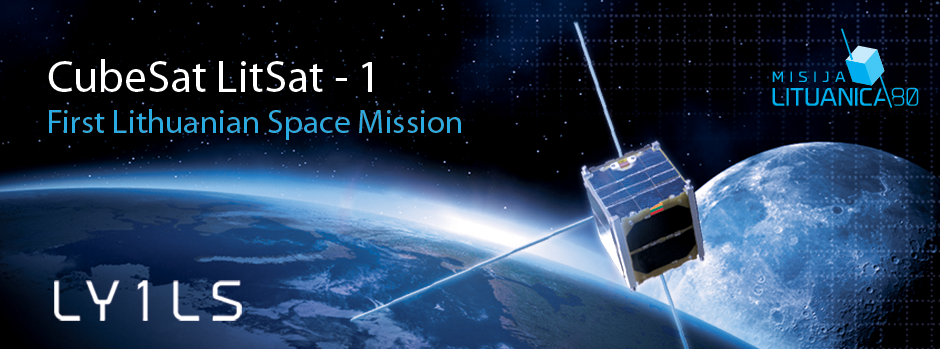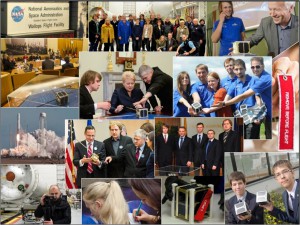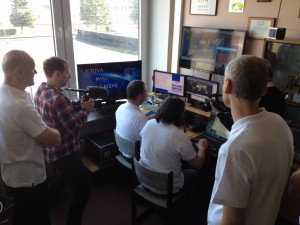Last week the first Lithuanian satellite LitSat-1 broadcasted the words ‘Lithuania loves freedom’ for the last time and turned into a shooting star.
21 May at 8.15.15 am the LitSat-1 signal was recorded for the last time. Since the first active contact with the satellite in February, LitSat-1 spent 1 962 hours 30 minutes in space, almost 82 days in total. During that time it circled round the Earth 1,303 times and broadcasted the message of the Lithuanian nation ‘Lithuania loves freedom’ for 1.3 million times.
The satellite created at Kaunas University of Technology (KTU) has accomplished its mission 100 percent; the next big step in Lithuanian cosmic journey will be piezoreaction equipment testing in space in 2015.
KTU researchers and engineers are already testing a new type of stabilising system for cube satellites which uses piezoelectric gears. Before adapting it to space conditions the system is being tested on land; the data collected during the LitSat-1 mission will be of upmost importance while creating the control equipment.
Vidmantas Tomkus, head of Lithuanian Space Association (LSA) is convinced that educational mission of the project is as important as technical experience.
‘This mission gave us the opportunity to travel around Lithuania and to show a real space object to our schoolchildren and students. We have evidence that the project has inspired young people, especially pupils, to get more interested in engineering, technological and natural sciences’, said Tomkus.
According to the head of LSA, the project served as a landing platform for cosmic ideas. Everybody – from business and government to society – gained confidence that Lithuanians are capable of designing, developing and constructing complex space technology devices.
- The LitSat-1 developers’ team visited 15 Lithuanian cities and towns and organised 19 satellite promotional events during the duration of the project.
- Bank Swedbank organised the promotional competition and granted the possibility for its customers to win a journey to NASA Space Station in the USA. The electronics network Euronics advertised the satellite in its stores across the country.
- The satellite was exhibited in all main national science and technology shows and in the most important governmental institutions, such as the Presidential Office and the Parliament.
- The patron of the mission was the President of Lithuania Dalia Grybauskaitė.
- The project news were reported by such celebrities as Marijonas Mikutavičius, Andrius Mamontovas, Gražina Sviderskytė, Jurga Šeduikytė, Žalgiris basketball club etc.
- The project was promoted in a series of 32 science and entertainment programmes on TV3 television.
- More than 25 million of people watched the live broadcast of launching of the spaceship from NASA platform in the USA on TV3 Play. The start of the satellite was also broadcasted by TV3 and 15min.lt
- The mission was carried out by Kaunas University of Technology in collaboration with Lithuanian Space Association and Lithuanian Space Science and Technology Institute.









